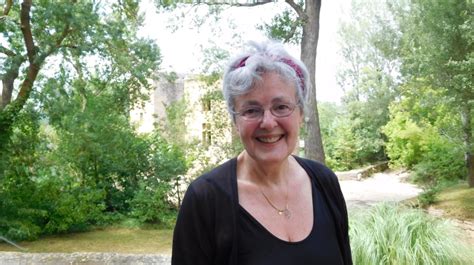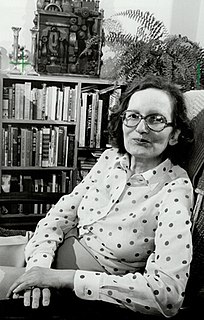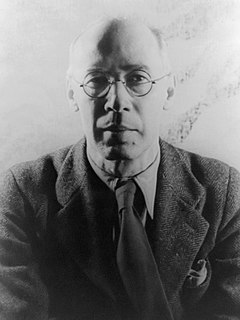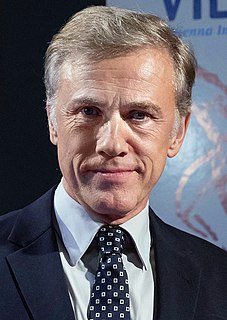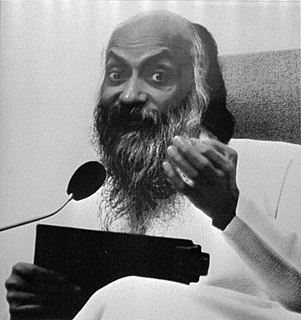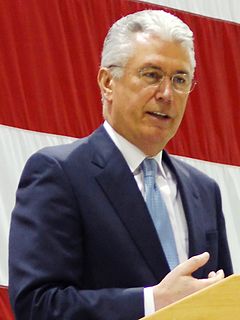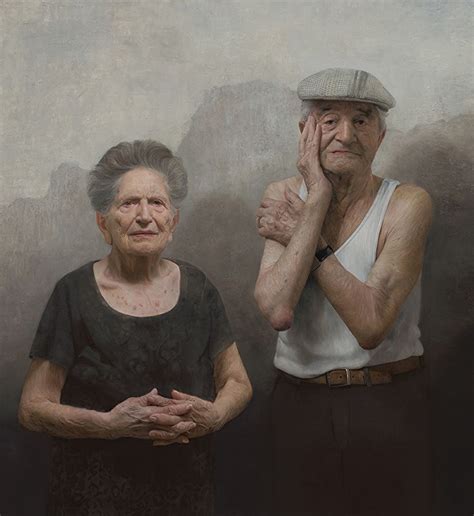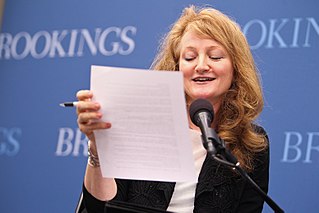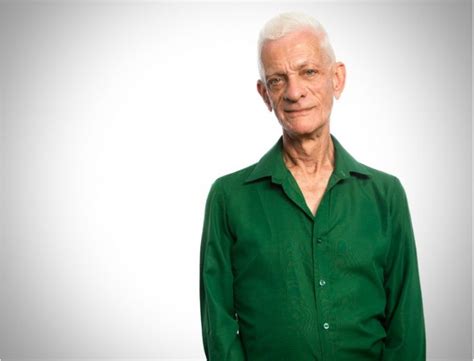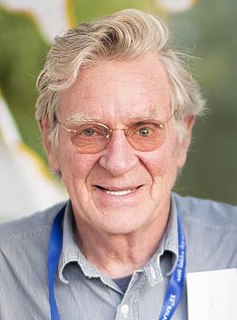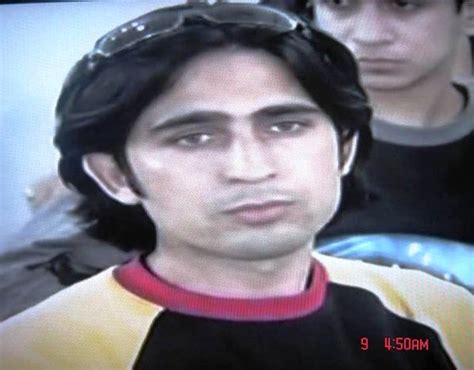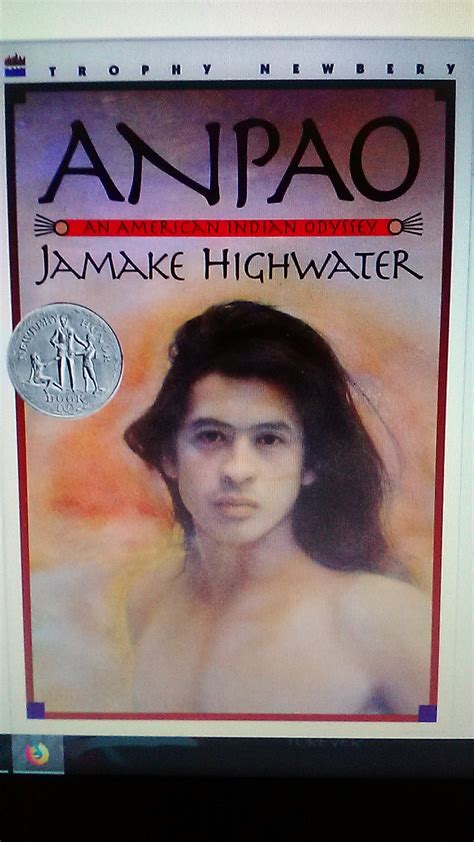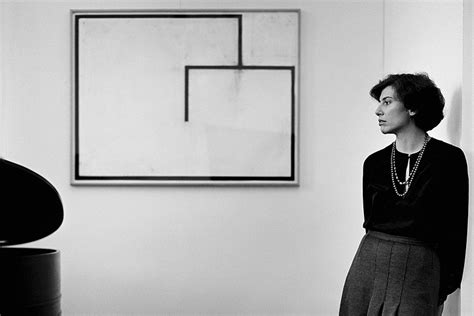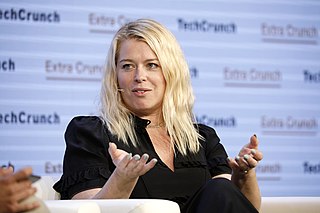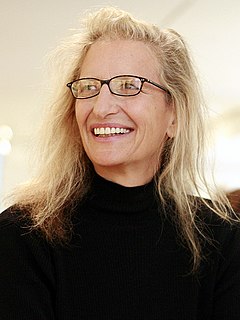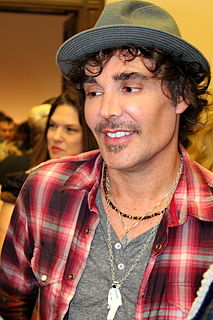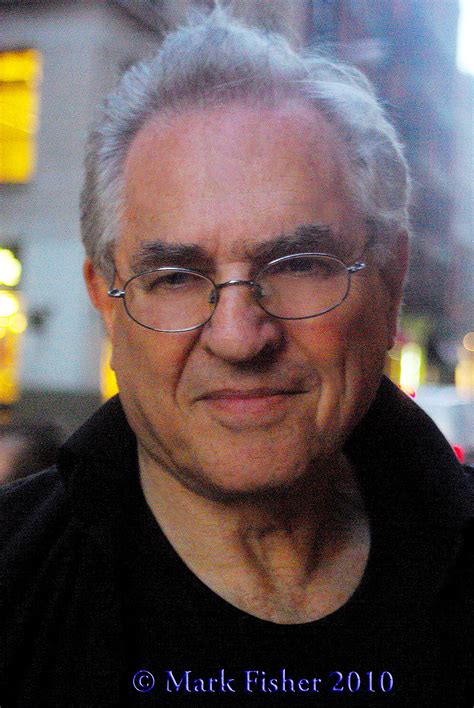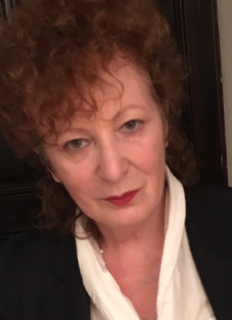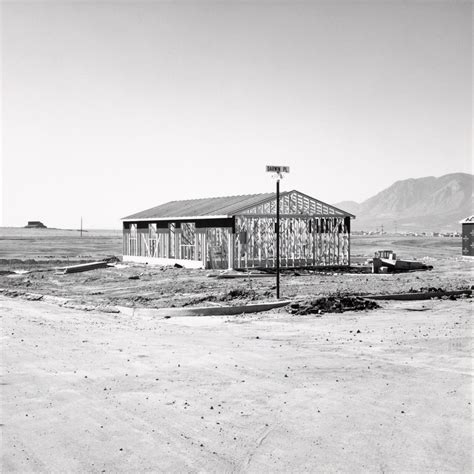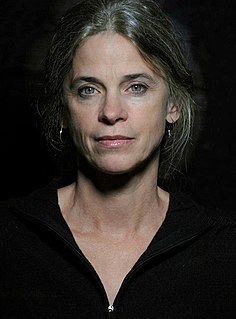A Quote by Constantine Manos
By choosing a precise intersection between subject and time, he may transform the ordinary into the extraordinary and the real into the surreal.
Related Quotes
The flow of people in a setting, their changing relationships to each other and their environment, and their constantly changing expressions and movements - all combine to create dynamic situations that provide the photographer with limitless choices of when to push the button. By choosing a precise intersection between subject and time, he may transform the ordinary into the extraordinary and the real into the surreal.
I want my paintings to give the viewer a true sense of reality - that includes but is not limited to depth, scale and a tactile surface as well as the real sense of what the subject looks like and is feeling at the time that I painted them. There should be a discourse between the viewer and the subject, to feel as though they are in a way connected. My goal is not to set a narrative but rather to have the viewer bring their own experiences to the painting and the subject as they would if they had seen the subject on the street in real life.
To become enlightened is not just to slip into some disconnected euphoria, an oceanic feeling of mystic oneness apart from ordinary reality. It is not even to come up with a solution, a sort of formula to control reality. Rather, it is an experience of release from all compulsions and sufferings, combined with a precise awareness of any relevent subject of knowledge. Having attained enlightenment one knows everything that matters, and the precise nature of all that is.

